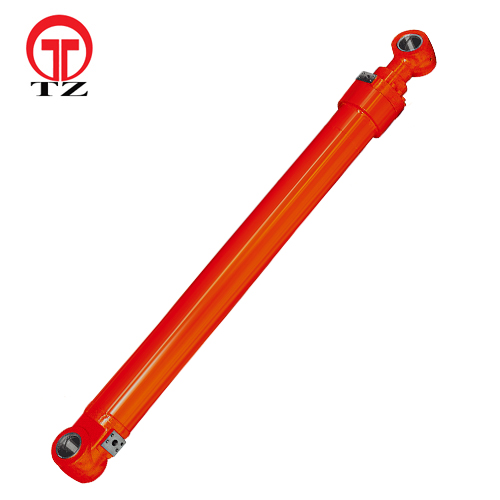The hydraulic bucket cylinder is a vital component of any hydraulic excavator. It provides the force needed to lift and tilt the excavator bucket. Proper hydraulic bucket cylinder assembly and maintenance is essential for maximum performance and longevity. Let’s take a look at the key factors according to one of China’s leading hydraulic cylinder manufacturers.
Components Of Hydraulic Bucket Cylinder Assembly

The main components of a hydraulic bucket cylinder assembly include:
- Cylinder body – The outer metal casing housing the piston, rod and seals. Typically made of chromed steel for resistance to wear and corrosion.
- Piston and rod – The piston is attached to the cylinder body while the rod extends out. When pressurized hydraulic fluid enters, the piston pushes or pulls the rod.
- Seals and o-rings – Maintain a seal between hydraulic fluid and the environment to prevent leaks. Located between the piston and cylinder wall and around the rod.
- Cylinder ports – Where hydraulic hoses attach to the cylinder to provide pressurized fluid for extension and retraction.
- Fittings – Connect hydraulic hoses to the cylinder ports. Examples include elbows, tees and adapters.
- Rod ends – Attachments at the ends of the rod to pivotally connect to the bucket and machine.
- Pins and bushings – Bushings provide a smooth bearing surface for the rod ends to pivot, while pins securely fasten connections.
Properly Assemble According To Specifications
The China manufacturer recommends carefully following component specifications and OEM assembly instructions to ensure proper installation:
- Install fittings and hoses correctly, properly tightening connections.
- Align rod ends and pins precisely during assembly. Misalignment can damage bushings and seals.
- Securely tighten fasteners like cylinder mounting bolts to specified torque values. Under or overtightening can affect performance.
- Make sure seals and o-rings are fitted correctly with no bulges, twists or cuts that could lead to leaks. Lubricate o-rings with hydraulic fluid before installation.
- Avoid damaging or scratching internal surfaces that piston and rod move against.
- Perform a leak test by pressurizing hoses after assembly to check for internal or external leaks.
Following these steps during hydraulic bucket cylinder assembly can maximize efficiency, power transfer and seal life.
Inspect And Maintain Regularly For hydraulic Bucket Cylinder Assembly
The manufacturer also recommends the following inspection and maintenance practices:
- Check fittings and hoses for leaks, fissures, abrasion or slipping. Tighten or replace as needed.
- Inspect rod ends for excessive play, loose fasteners, wear or damage that could cause misalignment.
- Visually check seals for signs of leakage, damage or deterioration. Replace as necessary.
- Apply a thin coat of grease to the rod to lubricate and protect the chrome surface.
- Rebuild or replace worn components like seals and rod seals to restore full performance.
- Completely replace cylinders exhibiting extensive rod scoring, bending, cylinder scoring or pitting.
